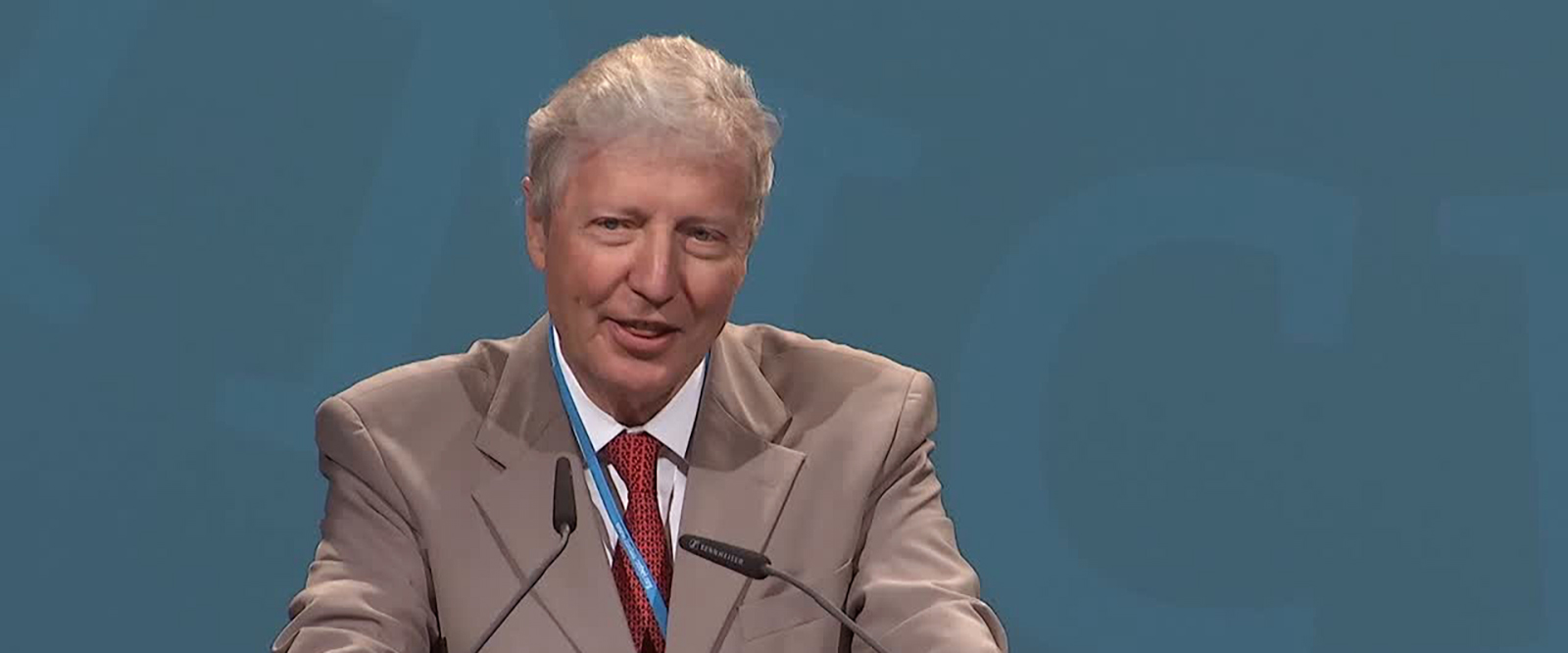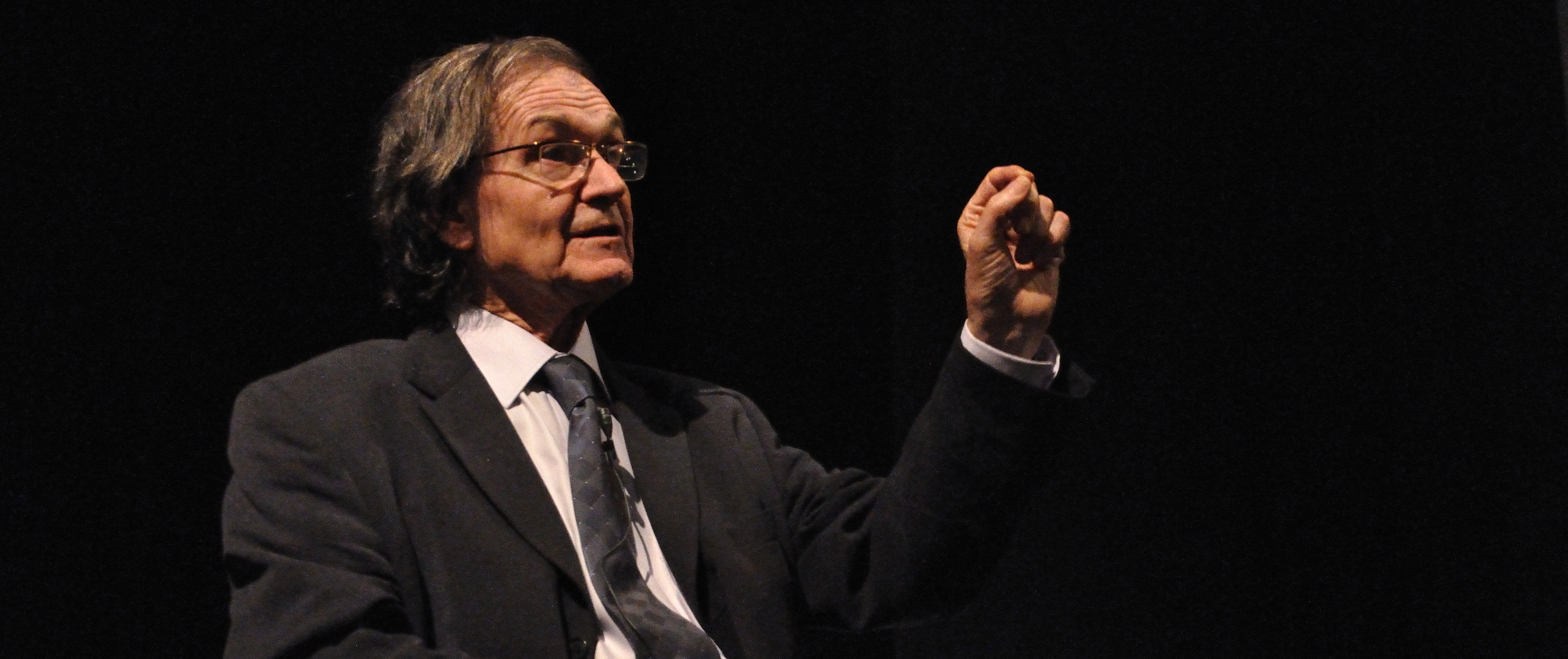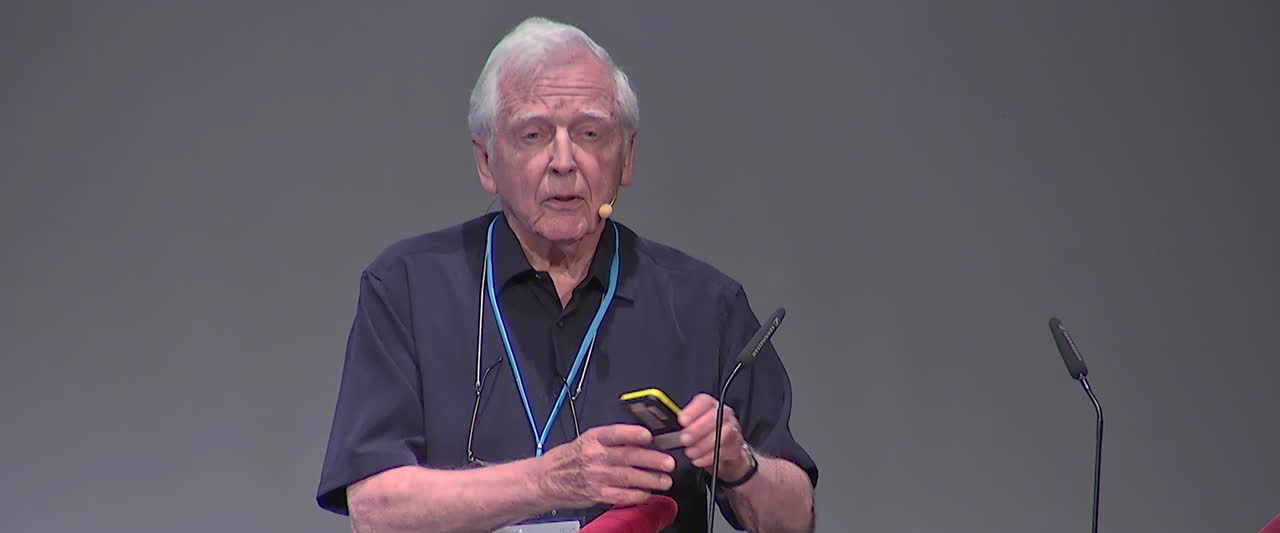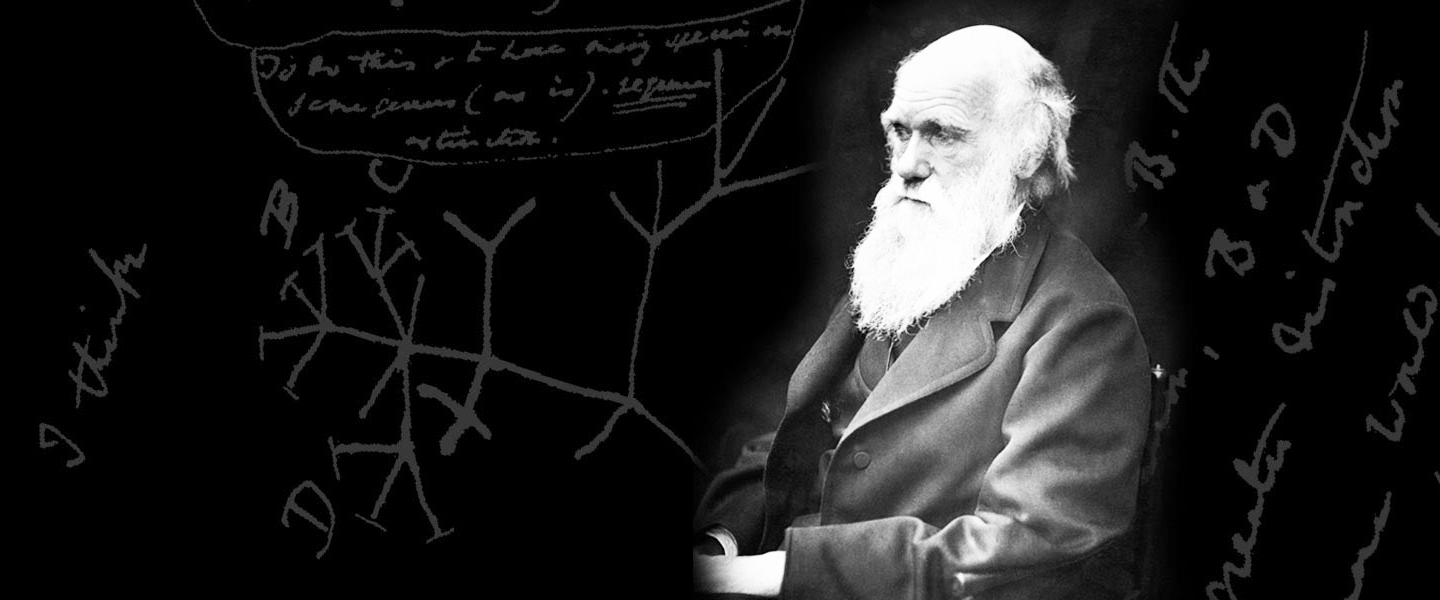6th April 2017.
Mario Capecchi, University of Utah, Salt Lake City
The 4th Marco Fraccaro lecture, organised jointly by Collegio Volta and Collegio Cairoli will be given by Mario Capecchi of the University of Utah. The lecture will take place in the main University Lecture theatre (Aula Magna dell' Università) at 5.00 pm on the 6th of April. The lecture is named after the late Marco Fraccaro, Professor of Medical Genetics at Pavia for over three decades and a pioneer in the study of human chromosomes and chromosomal abnormalities and is organised annually by Collegio Volta and Colegio Cairoli. The 2016/17 lecture will focus on gene targeting, an area of genetic research to which Mario Capecchi has made outstanding contributions that culminated in the award of the Nobel Prize for Physiology or Medicine in 2007. The poster of the lecture can be downloaded here.
Lecture Synopsis.
To date, gene targeting has been used primarily to disrupt genes, producing so called knockout mice. However gene targeting can be used to alter the sequences of a chosen genetic locus in the mouse in any conceivable manner, thus providing a very general means for editing the mouse genome. It can be used to generate gain-of-function mutations or partial loss-of-function mu- tations. Gene targeting can also be used to restrict the loss of function of a chosen gene to particular tissues, yielding so-called conditional mutations. This is most commonly achieved by combining exogenous (nonmammalian) site-specific recombination systems, such as those derived from bacteriophages or yeast (i.e. Cre/loxP or Flp/FRT respectively), with gene targeting, to mediate excision of a gene only where the appropriate recombinase is produced. By control of where Cre- or Flp-recombinase is expressed, for example in the liver, a gene, flanked by loxP or FRT recognition sequences, respectively, can be excised in the desired tissue (e.g. liver) tempo- ral control of gene function has also been achieved by making the production of the functional recombinase dependent upon the administration of small molecules or even on physical stimuli, such as light. Such conditional mutagenesis has been very effective for more accurate modelingof human cancers, which are often restricted to particular tissues and even to specific cells within those tissue as well as being initiated post birth. Inhuman cancers, the interactions between the host tissues and the malignant cells are often critical to its initiation and progression. Thus, inclusion of these interactions in the mouse model also becomes critical if the mouse model is to accurately recapitulate the human malignancy. Gene targeting is an evolving technology and we can anticipate further extensions to its repertoire. To date it has been used primarily to perturb the function of one gene at a time. We can anticipate development of efficient multiplexing sys- tems that will allow simultaneous conditional or non-conditional modulation of multiple genes. We can also anticipate improvements in exogenous reporter genes with parallel improvements in their detection, particularly with respect to capture times, resolution improvements will undoubt- edly be necessary if this technology is to make significant inroads in addressing truly complex biological questions, such as the molecular mechanisms underlying higher cognitive functions in mammals.
Biographical Sketch.
M Capecchi was born in Verona (Italy) in 1937. He graduated in Chemistry and Physics at the Antioch College in Ohio and completed a PhD in Biophysics at Harvard in 1967. He was an Associate Professor at Harvard until 1973 when he move to the University of Utah to take up the position of Professor of Biology, Cancer Science and Human Genetics. He was awarded the Kyoto Prize in 1996, the Franklin Medal in 1997, the National Science Medal in 2001 and Wolf Prize in 2002. He shared the 2007 Nobel Prize for Physiology or Medicine with Oliver Smithies and Martin Evans.
Selected publications
[1] M Capecchi. Gene targeting. Nobel Lecture (2007)












